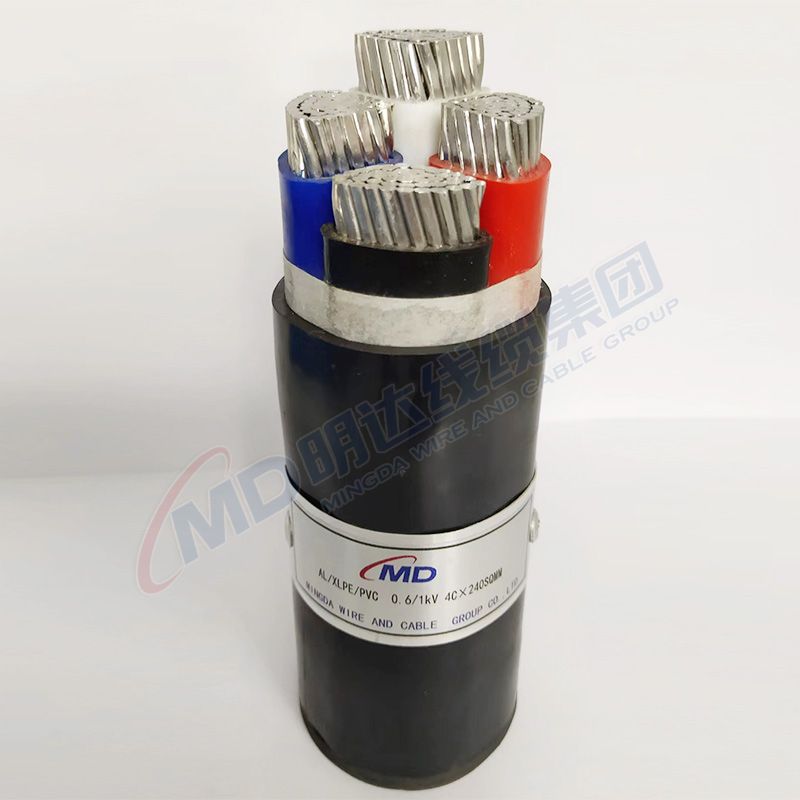ທ.ວ. . 17, 2024 23:22 Back to list
electric actuated butterfly valve
Understanding Electric Actuated Butterfly Valves A Comprehensive Overview
Electric actuated butterfly valves have become increasingly important in various industrial applications, from water treatment facilities to chemical processing plants. These valves, which utilize an electric motor for operation, offer numerous advantages over their manual counterparts, including enhanced precision, automation capabilities, and reduced labor costs. Understanding the components, working principles, benefits, and applications of electric actuated butterfly valves is essential for engineers and industry professionals alike.
Components of Electric Actuated Butterfly Valves
The key components of an electric actuated butterfly valve include the valve body, disc, actuator, and control system.
1. Valve Body The body is typically made of materials such as stainless steel, cast iron, or PVC, depending on the application's requirements. It houses the disc and provides a pathway for the fluid flow.
2. Disc The disc is the crucial element that controls fluid flow. It is mounted on a rotating shaft and can be positioned at various angles to facilitate flow regulation.
3. Electric Actuator The electric actuator is the brain behind the operation of the butterfly valve. It converts electrical energy into mechanical motion, rotating the disc to either open or close the valve.
4. Control System This may include sensors, controllers, and human-machine interfaces (HMIs) that allow operators to monitor and control the valve's position remotely.
Working Principle
The operation of an electric actuated butterfly valve is relatively straightforward. When the actuator receives an electrical signal from the control system, it drives the motor, which in turn rotates the disc. The position of the disc determines whether the valve is open, closed, or partially opened, allowing for precise control of fluid flow. The valve can be operated in various modes, including on/off and modulating control, to meet specific process needs.
Advantages of Electric Actuated Butterfly Valves
electric actuated butterfly valve

1. Precision Control Electric actuated butterfly valves offer highly accurate positioning, which is crucial in processes requiring strict flow regulation. With modulating capabilities, these valves can maintain desired flow rates with minimal fluctuation.
2. Automation As the industrial sector moves towards fully automated operations, electric actuated valves play a vital role in integrating with supervisory control and data acquisition (SCADA) systems. They can be programmed for automatic operation based on predefined parameters or real-time data.
3. Reduced Labor Costs Since these valves can be operated remotely or automatically, they significantly reduce the need for manual intervention, minimizing labor costs and enhancing overall efficiency.
4. Quick Response Time Electric actuators provide rapid opening and closing actions, making them ideal for applications demanding quick response to changing conditions.
5. Energy Efficiency While electric actuators require an electrical power source, they tend to consume less energy compared to pneumatic or hydraulic valve systems, making them a more sustainable choice.
Applications
Electric actuated butterfly valves find applications across numerous industries. In municipal water systems, they are used for regulating flow and controlling pressure in pipelines. In the chemical industry, these valves handle corrosive substances, ensuring safe and efficient process control. The power generation sector employs electric actuated butterfly valves for cooling water systems and steam lines due to their reliability under high pressures and temperatures.
In food and beverage processing, these valves are crucial for maintaining hygiene and preventing contamination. The pharmaceutical industry also benefits from their precise control mechanisms, ensuring optimal conditions in production processes.
Conclusion
Electric actuated butterfly valves represent a significant advancement in valve technology, offering a blend of efficiency, precision, and automation. Their ability to integrate seamlessly into modern industrial systems positions them as a valuable component in various applications. As industries continue to evolve and seek more efficient solutions, the demand for electric actuated butterfly valves is expected to grow, solidifying their role in enhancing operational performance across multiple sectors. By understanding their components, principles of operation, and benefits, professionals can make informed decisions about incorporating these valves into their systems, ensuring an efficient and sustainable future in industrial operations.
Share
-
priming-a-pump-with-a-foot-valve-with-strainerNewsAug.23,2025
-
the-importance-of-a-y-strainer-in-pump-protectionNewsAug.23,2025
-
stainless-steel-ball-check-valve-for-high-purity-applicationsNewsAug.23,2025
-
common-applications-for-wafer-type-butterfly-valvesNewsAug.23,2025
-
seat-options-for-a-12-inch-knife-gate-valveNewsAug.23,2025
-
the-lifespan-of-a-typical-dismantling-jointNewsAug.23,2025


